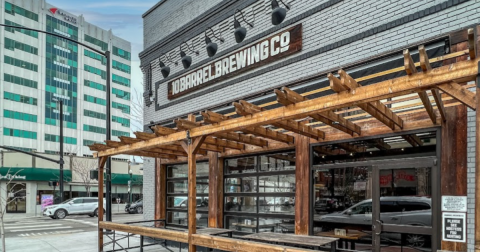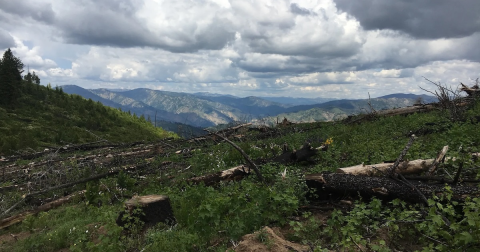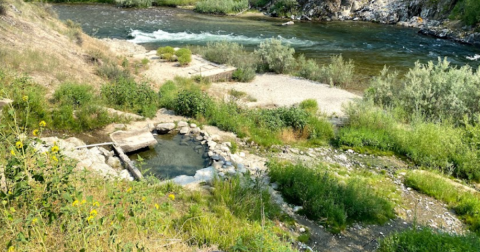Few People Realize There’s An Active Volcano Right Here In Idaho
Forget the Yellowstone “Super Volcano” – did you know that Idaho’s natural geology is much more awesome (and explosively violent) than any other state in the country? Or, perhaps just as remarkably, that Idaho is home to not one, but dozens of active volcanoes?
As you can imagine, the earth was very different millions – even thousands – of years ago, and the Snake River Plain was far from the gentle rural belt that we know and love today back when it was still forming. In fact, while documentaries about Yellowstone tend to give the gem of Wyoming all the glory, new research is showing that the country’s oldest and most famous national park is actually just the remnant of a larger, older, and fiercer volcanic system right here in the Gem State. Here, the colossal eruptions of our neighboring state were made to look like mere blips on a radar.
Uniquely, though, Idaho’s deep recesses are still frothing and boiling, ready to explode at any time. While most of this activity is concentrated in one spot, we’ll also tell you about a few other places in Idaho that are ticking time bombs.
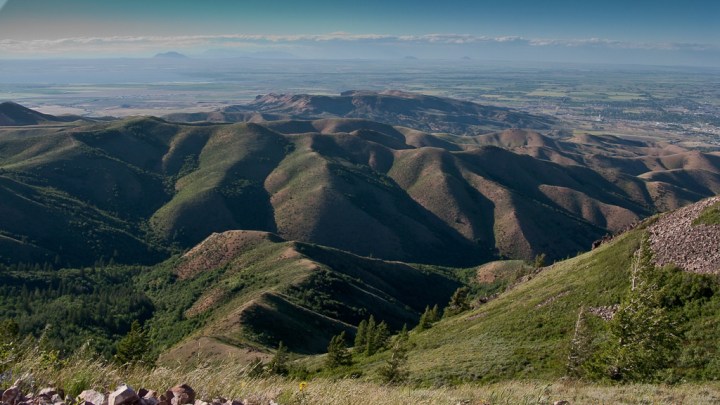
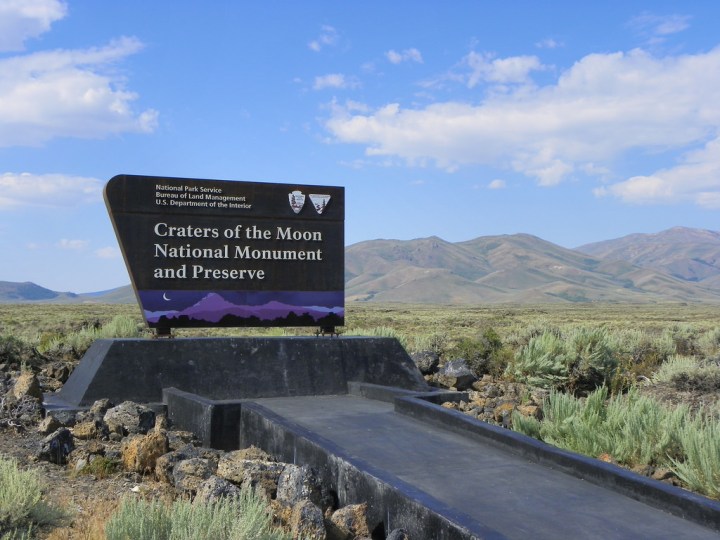
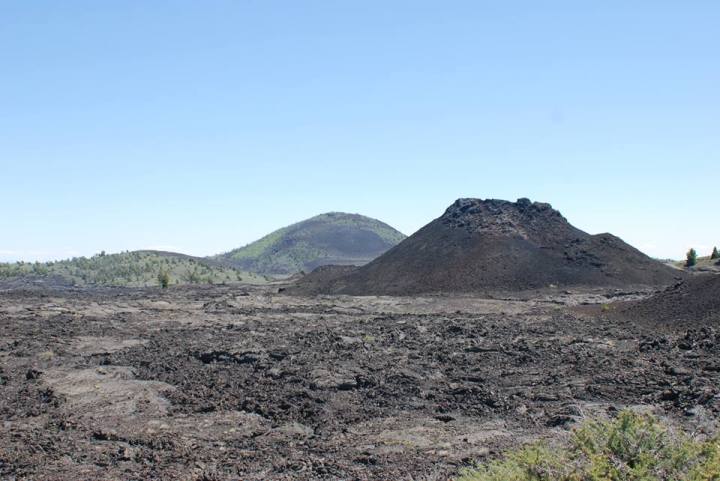
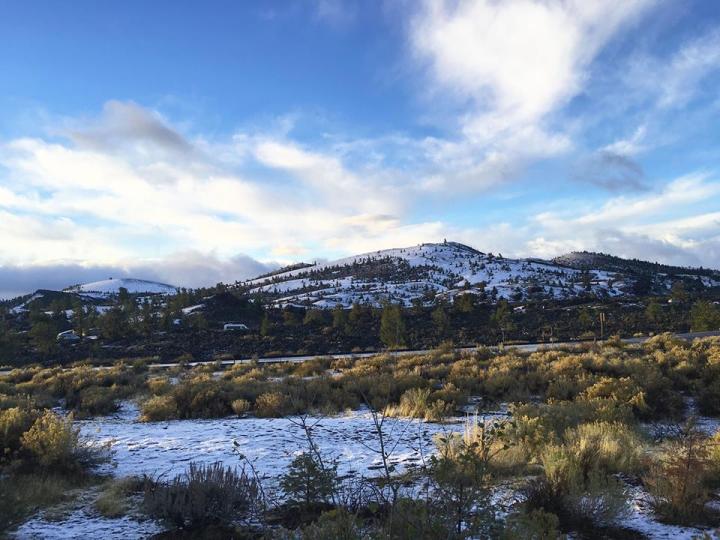
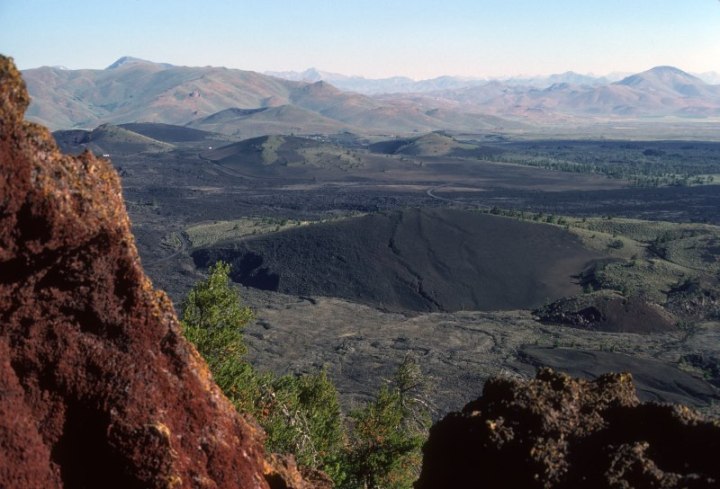
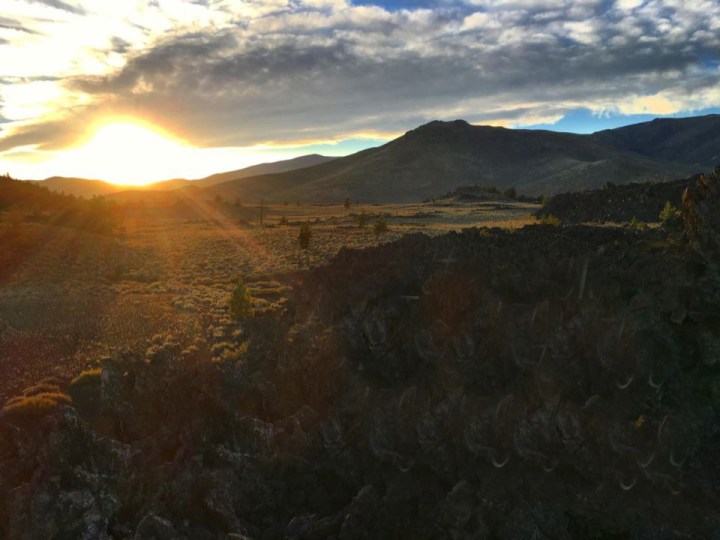
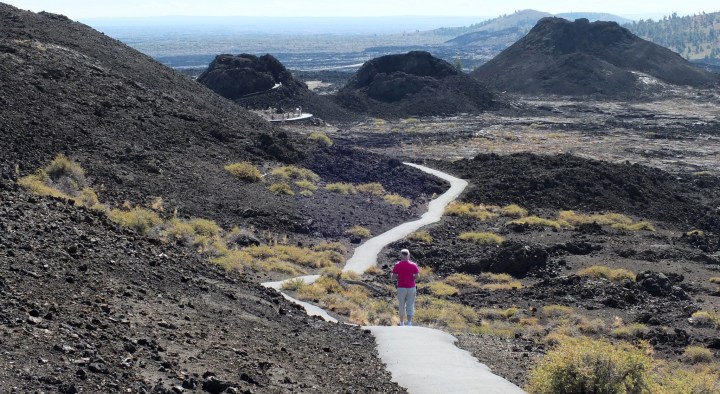
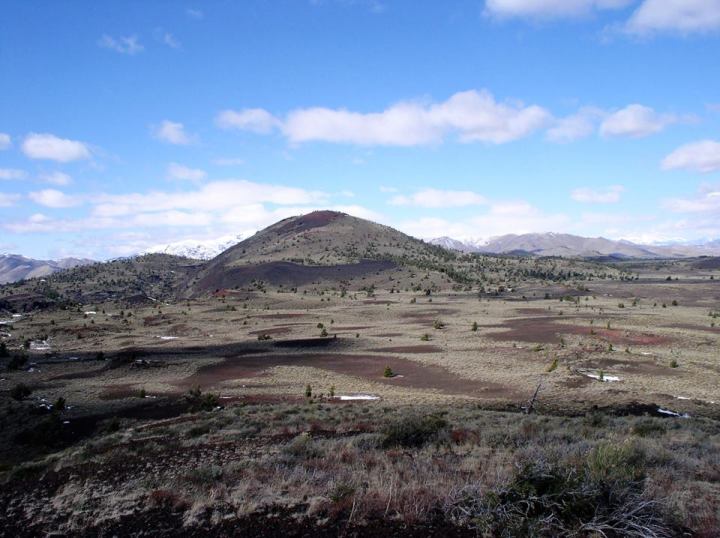

Uniquely, while Idaho is along the Yellowstone Hotspot Track (which should really be the Idaho Volcanic Belt, wouldn’t you say?), Craters of the Moon isn’t the only hot zone. Island Park is made of multiple formerly volcanic calderas, the Mt. Borah Scarp is the site of repeated seismic activity, and most recently, a fault line found in the high Sawtooths means that Idaho has a lot of power bubbling beneath its beautiful surface–a femme fatale if there ever was one.
Curious for more? Check out this unexpected volcano hike that you can take right here in Idaho.
OnlyInYourState may earn compensation through affiliate links in this article. As an Amazon Associate, we earn from qualifying purchases.

